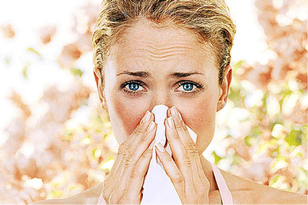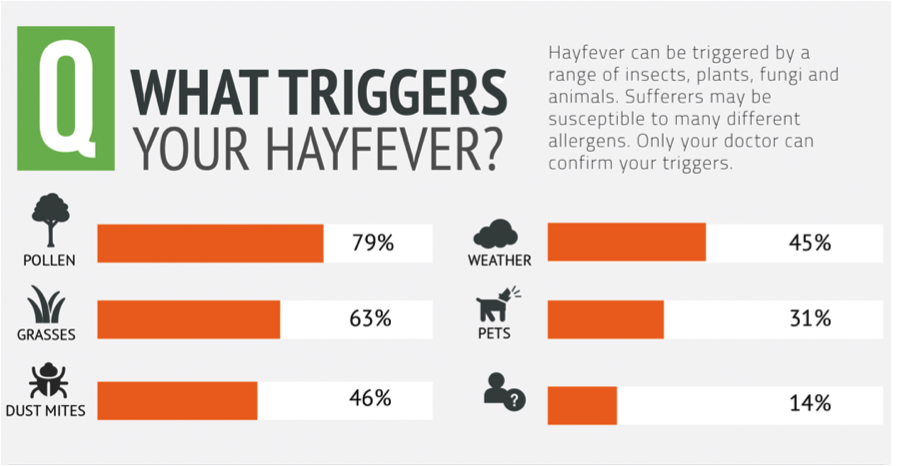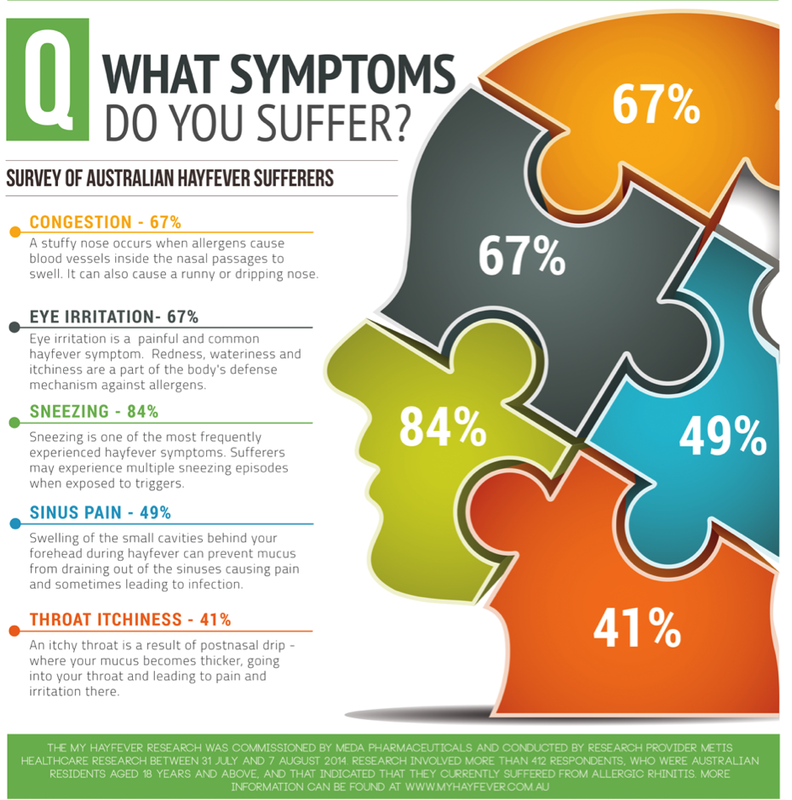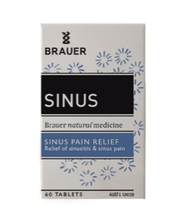What is Hay Fever?
|
Hay fever is the common name for a condition called allergic rhinitis, which means an allergy that affects the nose. Most people associate hay fever with spring, when airborne pollens from grasses are at their peak. However, hay fever can occur at any time of the year.
Your nose acts as a filter. The tiny hairs and mucus that line the nasal passages trap dust, pollens and other microscopic particles. A person with hay fever is allergic to some of the particles that get trapped in the nose, such as pollen. An allergic reaction means the immune system treats a harmless substance as if it is dangerous, and launches an ‘attack’. The nasal passages become inflamed and more mucus is produced. |
Book a FREE Spinal Check with our Chiropractors Today!Supplements and Other Options to Treat Hay Fever
If it’s not possible to avoid your allergy triggers, supplements and other over the counter natural options can be helpful. Available options include nasal sprays, tablets and eye drops. Read labels carefully and take all supplements as directed.
Sinus Tablets include ingredients such as Silica and Purple Pasque Flower that are traditionally used in homeopathic medicine to help relieve the symptoms of sinusitis and sinus pain.
Magnesium
Magnesium is an important mineral for improving immune function, and repairing the sinus passage that has been damaged. The mineral is excellent for reducing the nasal congestion by removing the excess mucus from the sinus passages and accelerate the healing process.
Magnesium aids in fighting bacterial, viral and fungal infection and also lowers the chances of chronic sinusitis. Food sources for magnesium include pumpkin seed, black beans, sesame seed, squash seed, watermelon seeds, peanuts, wheat germ, oyster, broccoli, whole grain cereal, tofu and soy milk etc. |
10 Steps to Prevent Hay Fever
Determine what it is that you are allergic to
Pay attention to the pollen counts in your area
Stay indoors on bad pollen/mold days
Shower after you go outdoors
Avoid smoke and other irritants
“Allergy Proof” your home
Most air purifiers aren’t helpful
Check your car’s air conditions
Get help with outdoor tasks
Book an Appointment to see our Chiropractors Today! |






